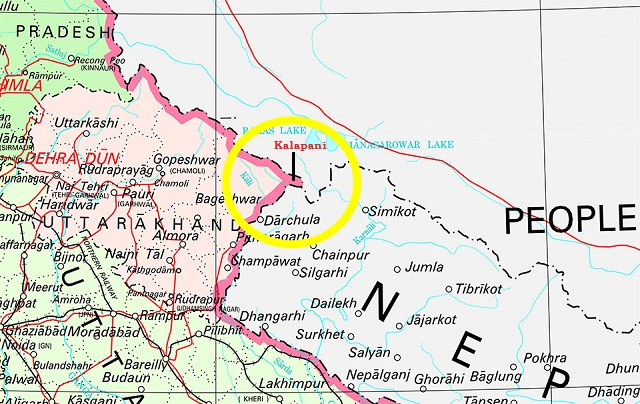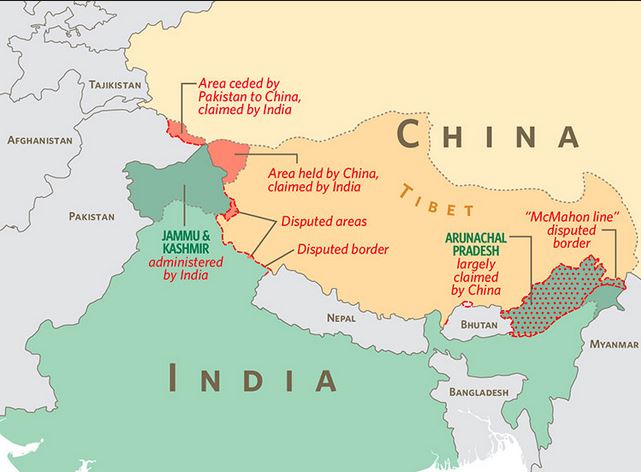7667766266
enquiry@shankarias.in
PM- Matsya Sampada Yojana
PM- Vaya Vandana Yojana
Formalisation of Micro Food Processing Enterprises
Rahiv Gandhi Kisan Nyay Yojana
Kalapani Territory

Susta Region
Kali River
Line of Actual Control

Alzheimer’s Disease
Preventive measures for Alzheimer
Source: PIB, The Hindu, Times of India